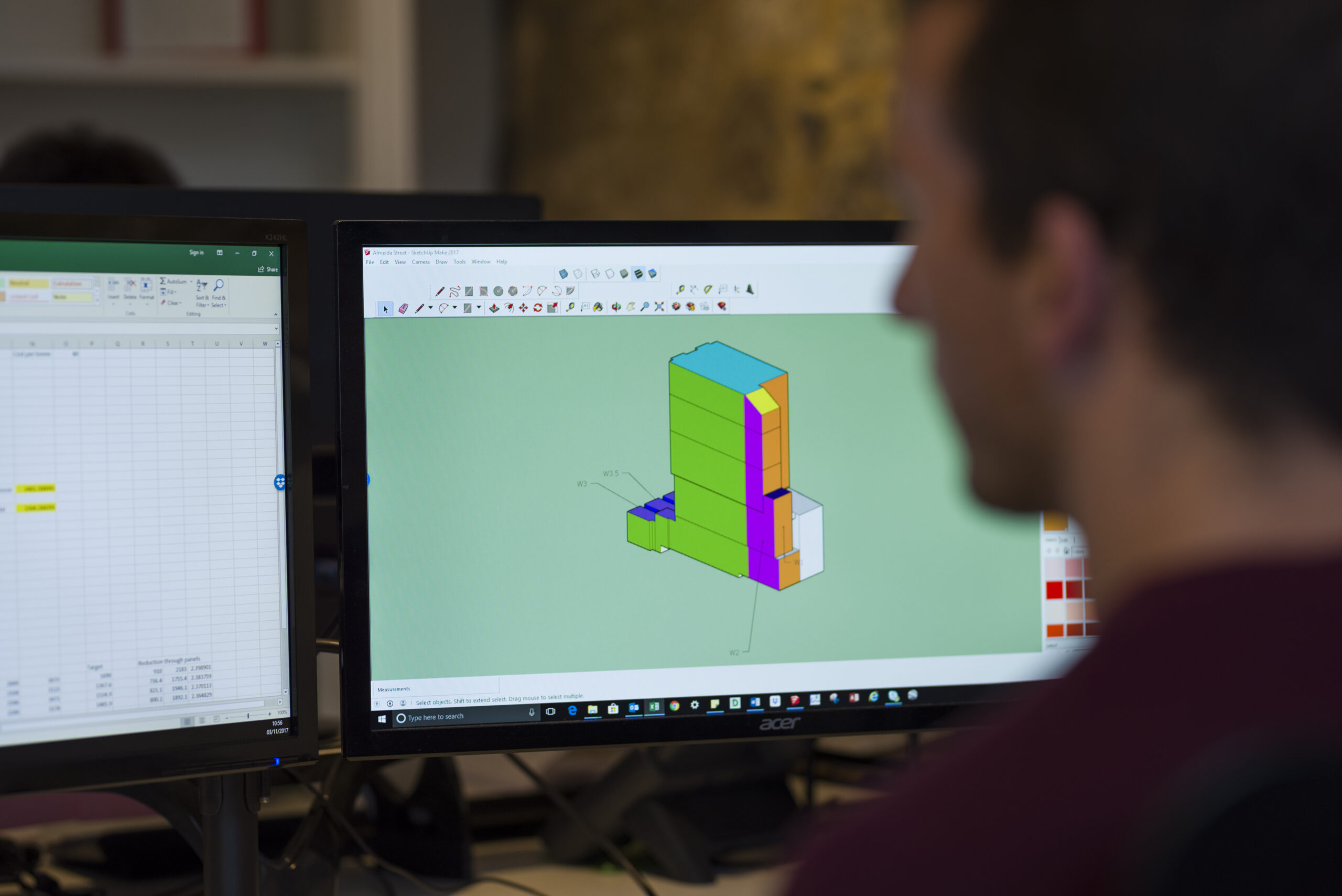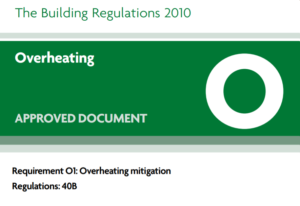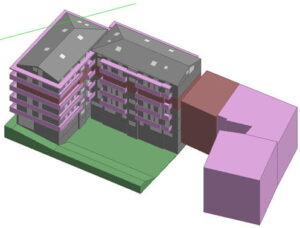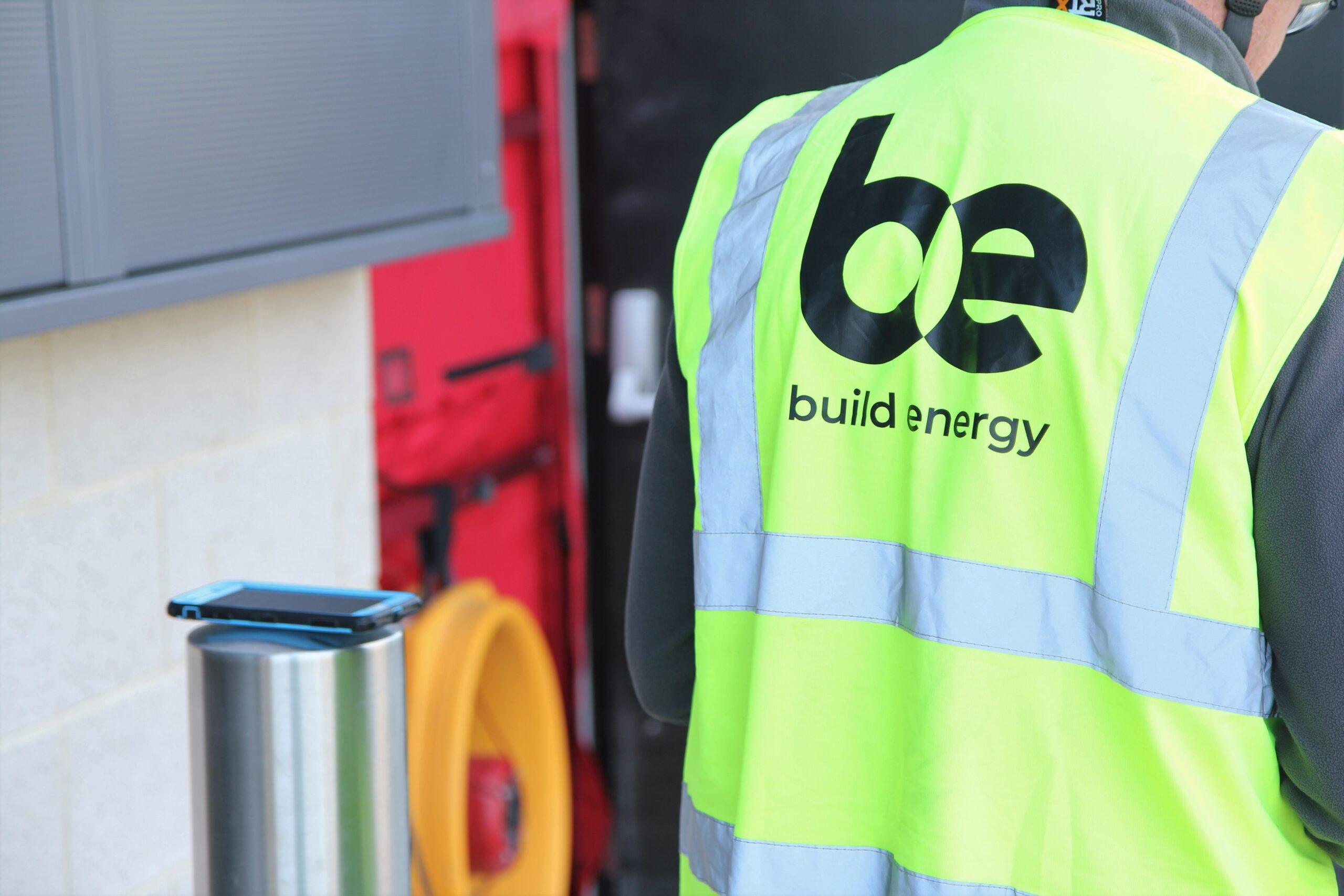Ensure your building is Part O compliant and comfortable year-round with our expert overheating assessments.
From simplified analysis to dynamic thermal modelling, Build Energy offers tailored support for projects across the UK – helping you stay compliant, efficient, and future-ready.
What is an Overheating Assessment?
An overheating assessment (also known as overheating analysis) is a study of how internal temperatures in a building are likely to behave during warm weather. It identifies the risk of indoor spaces becoming uncomfortably or dangerously hot, particularly in summer months.
With the UK climate warming and building design trends pushing for more airtight, glazed spaces, overheating is a growing challenge. These assessments help ensure new and refurbished buildings remain safe, habitable, and energy efficient.
Overheating risk assessments are now a critical requirement for many new developments – forming part of Part O compliance, and often guided by CIBSE TM59 or TM52 methodologies.
Why Overheating Analysis Matters for UK Buildings
- Climate resilience – UK summers are getting hotter; buildings must adapt.
- Protect occupant health & comfort – Prevent heat stress, sleep disruption, and vulnerability in warm indoor environments.
- Meet planning and Building Regulations – Ensure your design complies with Approved Document O and avoids delays or redesigns.
- Avoid costly retrofits – Identify overheating risk early to build smart, not expensive.
- Improve energy efficiency – Balance passive cooling and mechanical systems to reduce operational energy use.
Understanding UK Overheating Regulations
What is Part O?
Approved Document O (introduced in 2022) is a legal requirement under Building Regulations in England. It sets out strategies to mitigate the risk of overheating in new residential buildings – from homes and student flats to care homes.
Who needs an overheating assessment?
Overheating assessments apply to:
- New residential dwellings
- Student accommodation
- Care and nursing homes
- Conversions and refurbishments
- Commercial buildings (where overheating is a concern)
Key compliance standards
- TM59 – Used for assessing overheating risk in new dwellings (aligned with Part O)
- TM52 – Commonly used for non-domestic buildings
- BB101 – specific guidelines for Schools
- Dynamic Simulation Modelling (DSM) – Advanced software-based simulations to test building performance under real-life weather conditions
How is an Overheating Assessment Performed?
Simplified Overheating Assessment
The simplified method is a quicker, rule-based approach applicable to standard dwellings under Part O.
→ Ideal for straightforward developments
→ Assesses key factors like:
- Glazing ratios
- Window orientation
- Ventilation openings
- External shading
This method is fast and cost-effective but not suitable for all projects, especially in dense urban areas or high-risk designs.
Dynamic Simulation Modelling (DSM)

For complex or high-risk schemes, we use Dynamic Simulation Modelling.
Learn more about our DSM services ›
- Accurately simulates hourly internal temperatures using real weather data
- Required for buildings with:
- High glazing ratios
- Limited natural ventilation
- Urban heat island exposure
- Unusual layouts or orientations
TM59 and TM52 form the foundation of these simulations, ensuring robust, compliant results.
How to Reduce Overheating Risks in Buildings
Passive Design Strategies
- External shading (brise-soleil, shutters, balconies)
- Smart window placement and sizing
- Natural ventilation through crossflows and stack effect
- Night purging to release stored heat
 Mechanical Cooling Solutions
Mechanical Cooling Solutions
- Considered where passive design cannot control overheating
- Includes ceiling fans, MVHR with cooling, or air conditioning
- Careful integration ensures energy targets are still met
 Smart Building Design Considerations
Smart Building Design Considerations
- Use of thermal mass to regulate internal temperatures
- Landscaping to reduce solar gain (trees, green roofs)
- Early-stage DTM to steer architectural decisions
 FAQs – Overheating Assessments in the UK
FAQs – Overheating Assessments in the UK
What is an overheating assessment, and why do I need one?
An overheating assessment identifies the risk of internal spaces becoming uncomfortably warm. It’s a mandatory requirement under Part O for most new dwellings in England.
What’s the difference between a Simplified Method and Dynamic Thermal Modelling?
- Simplified Method – Quick, rule-based, best for basic developments
- DSM – Software-led, in-depth, required for complex or high-risk sites
Does my building need an overheating risk assessment?
Yes, if you’re delivering:
- New homes or flats
- Conversions to residential use
- Student or care accommodation
- Some commercial spaces with high internal gains
What happens if my building fails an overheating assessment?
Don’t worry – we’ll advise on remedial options such as:
- Adjusting glazing ratios
- Adding external shading
- Introducing mechanical cooling or improving ventilation
How much does an overheating assessment cost?
Costs depend on the method and complexity, but efficiencies can be made when combining with services like:
- SAP/SBEM assessments
- Daylight/sunlight studies
- Energy strategy support
Which other services are required before, during or after an overheating analysis?
Build Energy also offers:
- Energy Statements for planning
- SAP Calculations
- SBEM Assessments
- Daylight/Sunlight Assessments
- Thermal Bridging & PSI Value Calculations
- Airtightness Consultancy & Testing
These can be integrated into your project timeline for maximum value.
Summary and Next Steps
Don’t wait until overheating becomes a design blocker – our team ensures early-stage overheating analysis aligns with your wider energy, comfort, and compliance goals. Whether you need a simple review or full DSM modelling, we deliver fast, accurate results – with practical solutions that avoid costly delays.
→ Get in touch today for a free consultation or to request a quote. Let’s build a compliant, comfortable, and climate-ready space – together.
Call us on 0330 055 34 05 or email be@buildenergy.co.uk.
